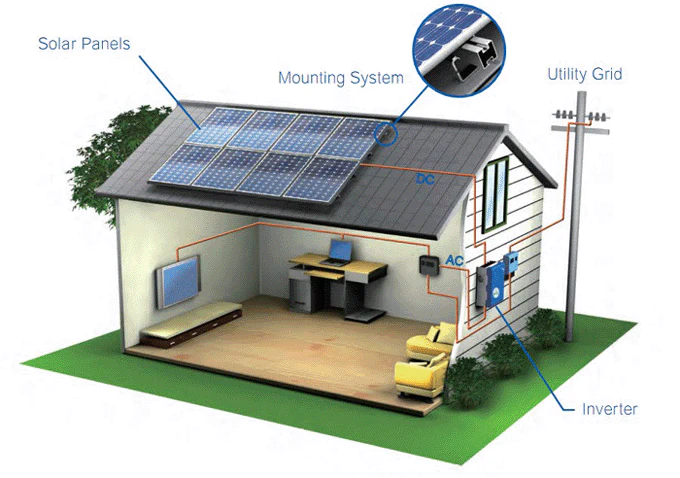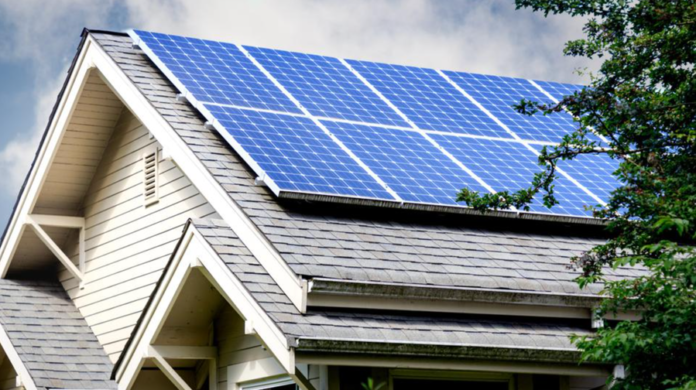In the quest for sustainable living and reducing our carbon footprint, transitioning to renewable energy sources like solar power has become increasingly popular. Among the various options available, installing a home solar system stands out as a practical and eco-friendly choice. With advancements in technology and decreasing costs, more homeowners are now considering harnessing the power of the sun to meet their energy needs. In this article, we’ll delve into the essentials of planning and crafting your very own home solar electric system.
Contents
Understanding Your Energy Needs
Before embarking on your solar journey, it’s crucial to assess your household’s energy requirements. Take stock of your average monthly electricity consumption and identify peak usage times. This information will serve as the foundation for designing a solar system tailored to meet your specific needs. By understanding your energy usage patterns, you can accurately determine the size and capacity of the solar panel array required to power your home efficiently. Discover the potential of Sun-Powered Blueprints in crafting your home solar system, paving the way for Smart Solar Savings and sustainable energy solutions.

Site Evaluation and Solar Potential for Home Solar System
The next step in crafting your home solar electric system is evaluating your property’s solar potential. Assess the available space for solar panel installation, considering factors such as orientation, shading, and roof pitch. Ideally, solar panels should be installed on a south-facing roof with minimal obstructions to maximize sun exposure throughout the day. Additionally, tools like solar irradiance maps can provide valuable insights into the solar potential of your location, helping you optimize energy production.
Choosing the Right Components
Selecting high-quality components is paramount to the success of your home solar system. Begin by choosing solar panels with an appropriate wattage and efficiency rating to meet your energy needs. Monocrystalline and polycrystalline panels are popular options known for their reliability and longevity. Pair your panels with a reputable solar inverter to convert the DC electricity generated by the panels into usable AC power for your home. Battery storage systems can also be incorporated to store excess energy for use during periods of low sunlight or as a backup power source. When designing your home solar system, it’s crucial to choose the right solar screen to maximize efficiency and harness the full potential of sun-powered blueprints.
Before proceeding with the installation, familiarize yourself with local regulations and incentives governing solar panel installations. Research permit requirements, building codes, and any applicable zoning restrictions in your area. Additionally, explore available financial incentives such as tax credits, rebates, and net metering programs offered by utility companies. These incentives can significantly offset the upfront costs of installing a home solar system, making it a more financially viable investment.
Installation and Maintenance
Once you’ve finalized your solar system design and obtained necessary permits, it’s time to proceed with the installation. While DIY installation is an option for some homeowners, hiring a professional solar installer ensures proper setup and adherence to safety standards. Work with reputable solar companies that offer installation services backed by warranties and ongoing maintenance support. Regular maintenance, including cleaning solar panels and inspecting electrical components, is essential for maximizing system performance and longevity.
Monitoring and Optimization
After your home solar system is up and running, monitoring its performance is key to ensuring optimal efficiency. Many solar inverters come equipped with monitoring software that allows you to track energy production in real-time and identify any potential issues. Take advantage of these monitoring tools to assess the effectiveness of your system and make adjustments as needed. Additionally, consider implementing energy-saving practices within your home to further reduce your reliance on the grid.
Conclusion
Crafting a home solar electric system requires careful planning, thoughtful consideration of components, and adherence to regulatory requirements. By understanding your energy needs, evaluating solar potential, choosing quality components, and navigating regulations, you can successfully transition to clean and sustainable energy. With proper installation, maintenance, and monitoring, your sun-powered blueprint will not only reduce your carbon footprint but also provide long-term savings and energy independence for your home. Embrace the power of the sun and embark on the journey towards a brighter, greener future with your very own home solar system.



